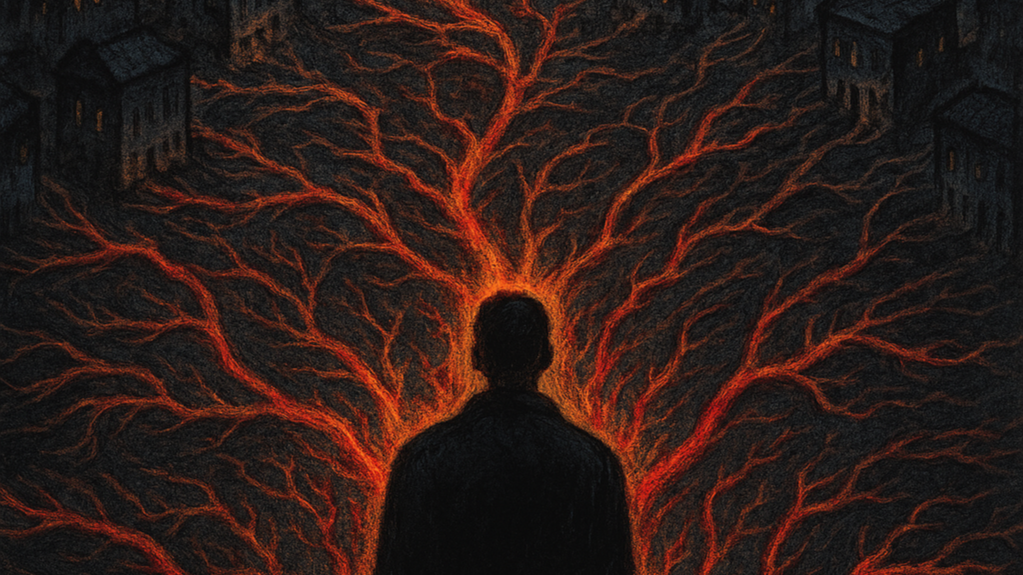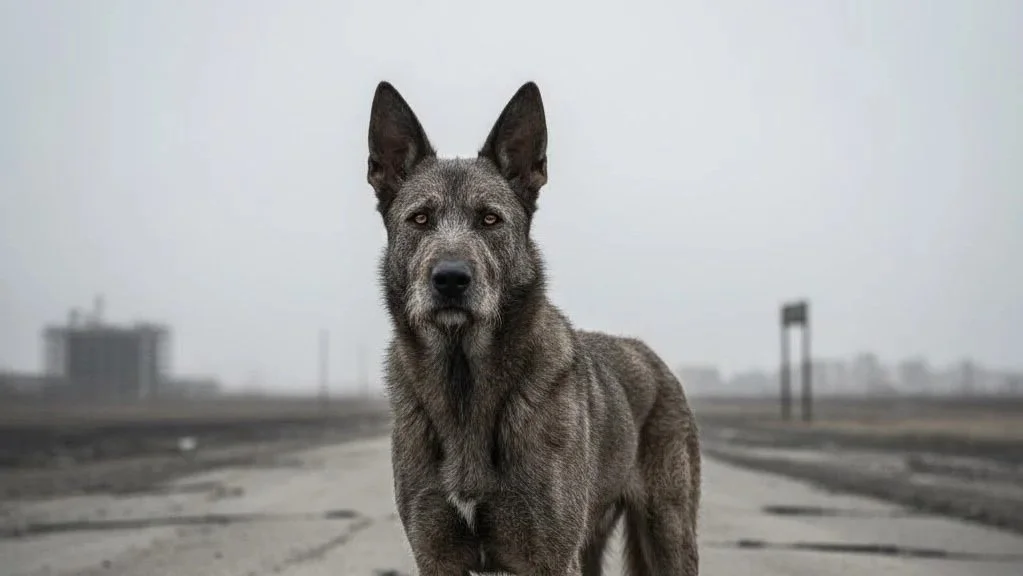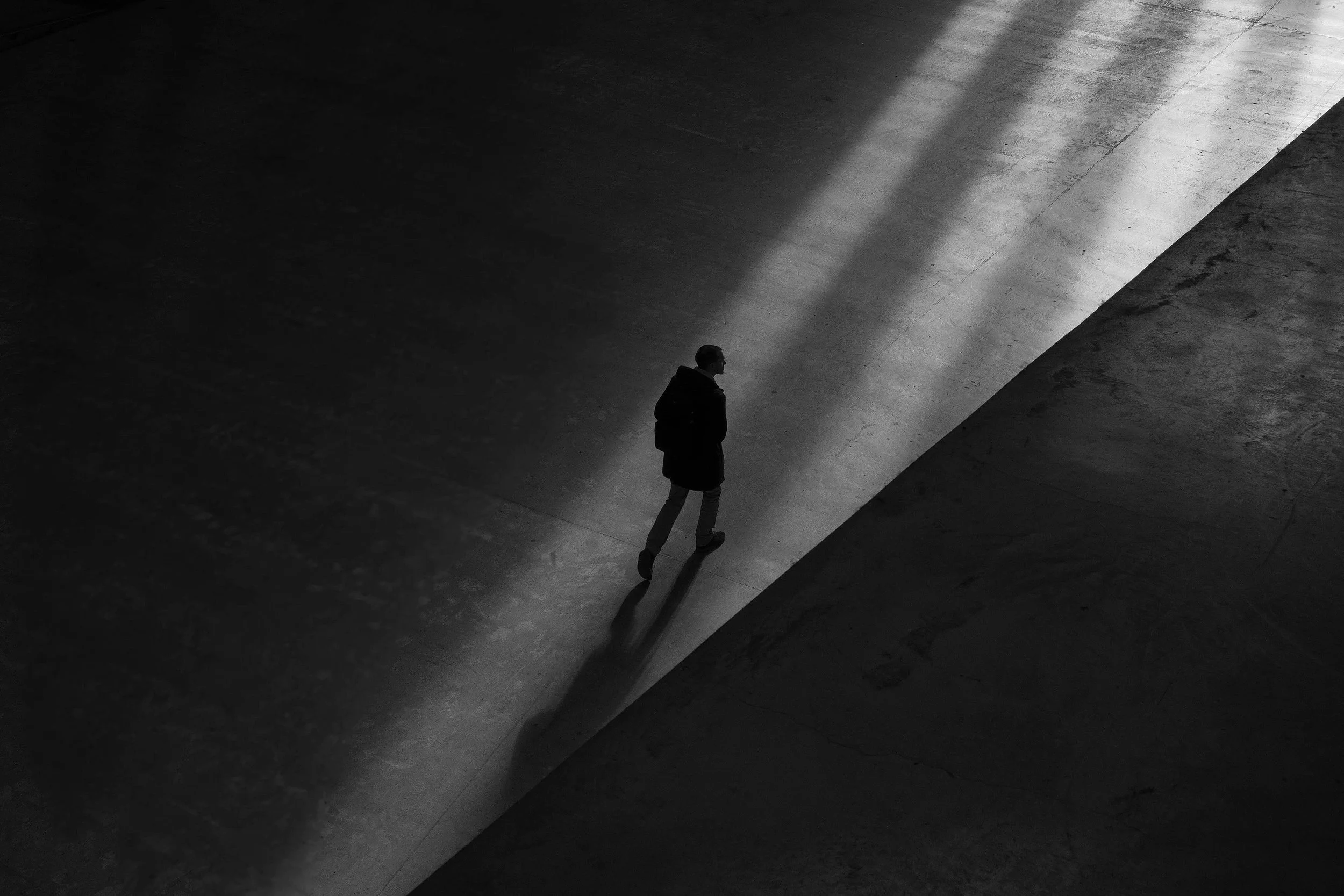The Quiet Archivist
Dr Alistair Finch had always prided himself on his ability to see the world as a measurable, predictable system, particularly the world of children. As a child development researcher, his Leeds-based office walls were adorned with charts—of language acquisition timelines, of fine motor skill benchmarks, of emotional regulation curves. He knew, with statistical certainty, when a child should master a pincer grip or differentiate primary emotions.
Yet, his daughter, Elara, who was eight years old, functioned as a living, breathing, beautiful counter-argument to every paper he had ever published.
Elara was neurodivergent. Alistair preferred the clinical terms, the ones that came with research grants and peer-reviewed journals, but what it boiled down to was this: Elara’s inner life was a rich, densely forested place, and the maps Alistair knew for navigating it were useless.
The objects started appearing around the house roughly three months after they moved into the Victorian terrace.
Initially, Alistair saw only clutter. A small, tarnished brass button on the edge of the mantlepiece, far from any shirt. A dried, greyed pigeon feather tucked neatly under the front door mat. The broken watch crystal resting in the silver spoon holder. They were small, almost invisible to the eye untrained to spot ritual, and deeply irritating to Alistair, a man whose domestic sphere was usually as orderly as a lab notebook.
“Elara,” he said one Tuesday morning, holding up a shard of bright green glass found on the bathroom windowsill, “What is this? Are you collecting rubbish?”
Elara, engrossed in stacking her wooden alphabet blocks into a mathematically dubious ziggurat, glanced up with the serene lack of comprehension she often adopted when confronted with a direct question about her internal world.
“It needed to be safe, Papa,” she whispered, returning to her construction.
“Safe from what, darling?”
“The loud,” she replied, pressing a heavy ‘S’ block onto the structure’s base.
Alistair sighed. He chalked it up to a new phase, perhaps a nascent interest in found objects, and disposed of the glass. The objects, however, continued to proliferate.
He found a tiny, water-smoothed piece of sea coal behind his copy of Piaget’s Theory of Cognitive Development. A miniature, ceramic dog figurine (one ear chipped) sat on the pillow he reserved for reading. A handful of brittle, dried lavender buds was scattered, almost too delicately to notice, inside his winter boots.
The sheer systematic persistence of the placement began to prick the edges of his researcher’s mind. Clutter, by definition, was random. This felt… deliberate.
One evening, unable to focus on his grant application about ‘peer-group social schemas’, Alistair found himself staring at a small copper key resting on the lowest step of the staircase. It was a beautiful thing, old and intricately cut, and had clearly come from a tiny lockbox, not a door.
He did something then that went against every one of his fastidious, clutter-free instincts. He didn't put it away. Instead, he took out his phone and snapped a picture. He added a date and a two-word description: Copper Key, Stair.
The next day, a perfectly intact, pure white chicken feather was placed next to Elara’s breakfast plate. White Feather, Breakfast Table.
The day after that, a small, flat river stone (unquestionably from their recent trip to the Yorkshire Dales) was resting beneath the brass plate of the doorbell. River Stone, Doorbell.
It started as a simple inventory. Alistair found a curious comfort in the act of data collection, of turning the domestic chaos into manageable points of interest. He created a spreadsheet—a clean, white-and-grey grid where he could log the where, the what, and the when.
But soon, the sheer volume of the data demanded a new form of analysis. He needed to see the spatial relationship.
Alistair went to his office, pulled out a large, empty foam board, and affixed a detailed floor plan of their house to it. He began to use coloured pins to mark the precise location of every object he had logged.
Red Pin: Feathers (White, Grey, Pigeon, Starling).
Blue Pin: Metal (Key, Button, Broken Watch Parts, Tarnished Coin).
Green Pin: Natural/Organic (Stone, Glass, Lavender, Sea Coal).
As the map filled up, a pattern started to emerge that transcended mere tidiness. The pins were not scattered randomly; they were arranged along specific domestic thresholds.
The Copper Key was always near a main passage or exit—the staircase, the back door, the front hall.
The Feathers congregated around places of rest or solace—Elara’s bed, the worn armchair in the reading nook, the hearth.
The Broken Watch Parts—the gears, the springs, the fractured crystal—were overwhelmingly clustered in areas of potential or actual family friction: the kitchen island where Alistair often worked late, the desk in his study, the entryway where he would sometimes rush out the door.
Alistair leaned back from the board, his breath catching in his throat. This wasn’t clutter. It wasn't play. It was a narrative. A meticulously organised, non-verbal index of his daughter's inner life, mapped onto their physical space.
Elara wasn’t just leaving objects; she was ritualising memory and emotional thresholds.
The Copper Key—did it represent a threshold of entry, or perhaps, a key to understanding a new, significant memory? He recalled the day the first one appeared: the day she had her first extended playdate at a friend’s house, a massive social hurdle for her.
The Feathers—symbols of lightness, flight, or peace. They marked the ‘safe’ spots, the quiet pools of calm in the loud, rushing river of their life.
And the Broken Watch Parts—the most heartbreaking cluster. Time, broken. The pressure of time, perhaps? The anxiety of his late work schedule? The shattered pieces of a mechanism that was supposed to keep things moving smoothly.
Alistair, the man who specialised in observation, realised he had been catastrophically misinterpreting his data. He had been looking for a verbal explanation, a linear process, when Elara was communicating through a poetic, spatial calculus.
The recognition was a sharp, humbling ache. His daughter, whom he sometimes worried was isolated, was in fact meticulously, painstakingly documenting their shared life. She was building a tangible grammar of emotion, and he had nearly swept it all away.
He started a new column in his spreadsheet: Hypothesis/Emotional Context.
| Date | Object | Location | Elara’s Activity/Event | Alistair’s Interpretation |
|---|---|---|---|---|
| 01/09/2025 | Tarnished Button | Mantlepiece | First day back at school. | Holding it Together/Anxiety: A fastener, a small anchor in a big world. |
| 15/09/2025 | Pigeon Feather | Under Doormat | Heavy argument between Alistair and a colleague on the phone. | Seeking Peace/Quiet Threshold: Protection from outside noise/conflict. |
| 03/10/2025 | Broken Watch Crystal | Spoon Holder | Alistair missed Elara’s bedtime due to a late lecture. | Shattered Time/Disappointment: The breaking of a shared routine. |
| 10/10/2025 | Small River Stone | Beneath Doorbell | A new helper started coming to the house. | Groundedness/New Transition: Something stable and known at a place of new entry. |
Alistair’s Interpretation
This wasn't just research anymore; it was an act of translation. Alistair was learning to speak Elara's language of objects and placement, moving his focus from what the objects were to what they were doing in space and time.
The story unfolded as a quiet collaboration between their different ways of knowing. Alistair, the empirical mind, needed the data—the map, the chart, the methodical logging. Elara, the intuitive, symbolic mind, needed the ritual—the placement, the selection, the quiet acknowledgement of feeling.
He never mentioned the map to her. He understood implicitly that the ritual needed to remain untouched, a pure, unmonitored expression. His role was now simply to be the sensitive archivist, to witness, to log, and, crucially, to respond to the meaning he gleaned, not the object itself.
One Saturday, he found a tiny, clear glass marble—a rare, perfect object—on the corner of his pillow. Glass Marble, Pillow. The object was smooth, whole, and beautiful.
He checked his log. Nothing significant had happened that day. It had been a slow, quiet day. They had baked a cake together, listened to music, and read. A day of perfect, unforced connection.
Alistair understood immediately. This was a mark of joy. A small, contained sphere of perfect happiness, given the highest place of honour—his rest.
He didn't speak a word of it. Instead, he went downstairs, found Elara playing quietly with her blocks, and sat beside her. He didn’t ask a question or make a demand. He simply placed his hand gently on her back, running it up and down in the slow, regulated rhythm she found comforting.
Elara paused her playing. She leaned back against him, sighing a soft, deep sigh.
“The blocks feel right today, Papa,” she mumbled into his shirt.
“They do, Elara,” Alistair said, holding her close. “They feel very right.”
He realised then that the ultimate purpose of his map wasn't to generate a paper or a theory. It was simply to give him the cue for connection. Elara’s objects were her way of flagging the emotional temperature of the house, and the map was his way of getting the reading.
From that day forward, the house was still filled with objects, but Alistair no longer saw clutter. He saw a complex, deeply loving system of communication. He saw his daughter’s intelligence—a genius for symbol and space—that was entirely outside the neat, tidy boxes of his academic training.
His love for her, once expressed through the meticulous provision of a predictable environment, began to find a new, deeper expression: the silence kof acknowledgement. He left the copper key where it was. He let the feathers lie. He understood that these small, insignificant scraps were, in fact, the most significant data points of his life.
The map of their house, tacked up on the foam board in his study, became the most important piece of research he would ever undertake. It wasn't a map of a house; it was a topography of Elara's heart, a collaborative masterpiece of a father finally learning to read his daughter’s unique, profound language. His theories, he realised, could always wait; the conversation, conducted in broken watch parts and feathers, could not.

























Some people move through the world making noise. Thirteen-year-old Leo has learnt to be still. But when an old illustrated book vanishes from the bookshelf, Leo discovers something extraordinary living in the walls of the Victorian house: the Snibbit, a small magical creature that collects beautiful things and understands that silence can be full of meaning. Through carefully preserved fragments from the past, the Snibbit teaches Leo how to navigate a world that isn't built for quiet people.